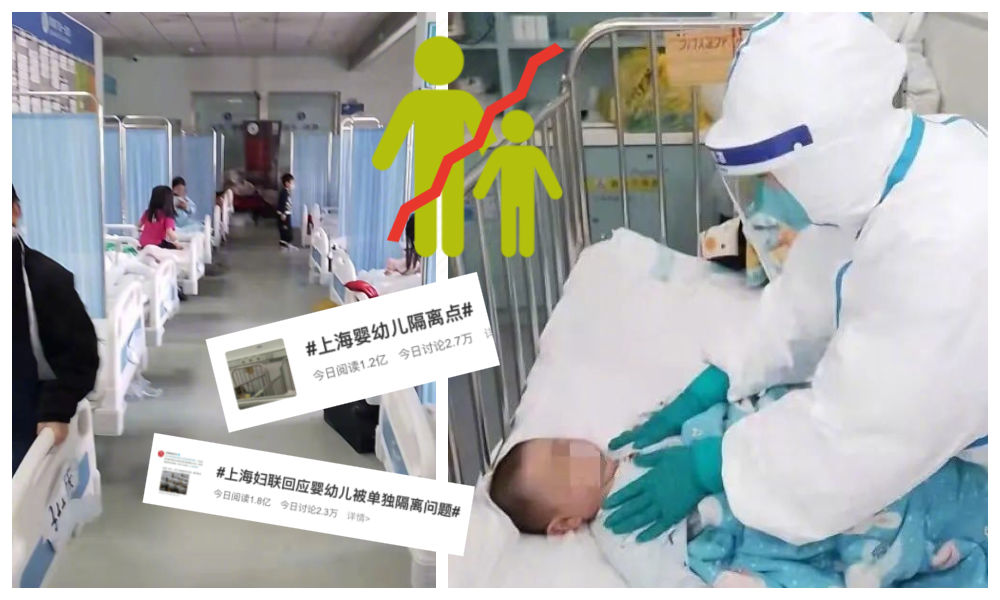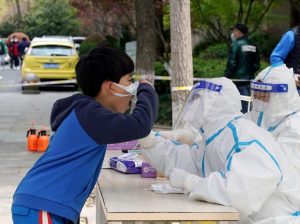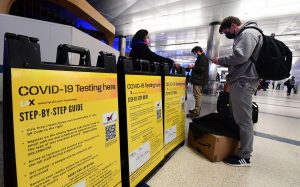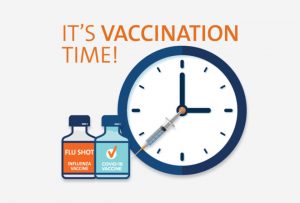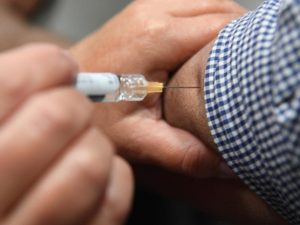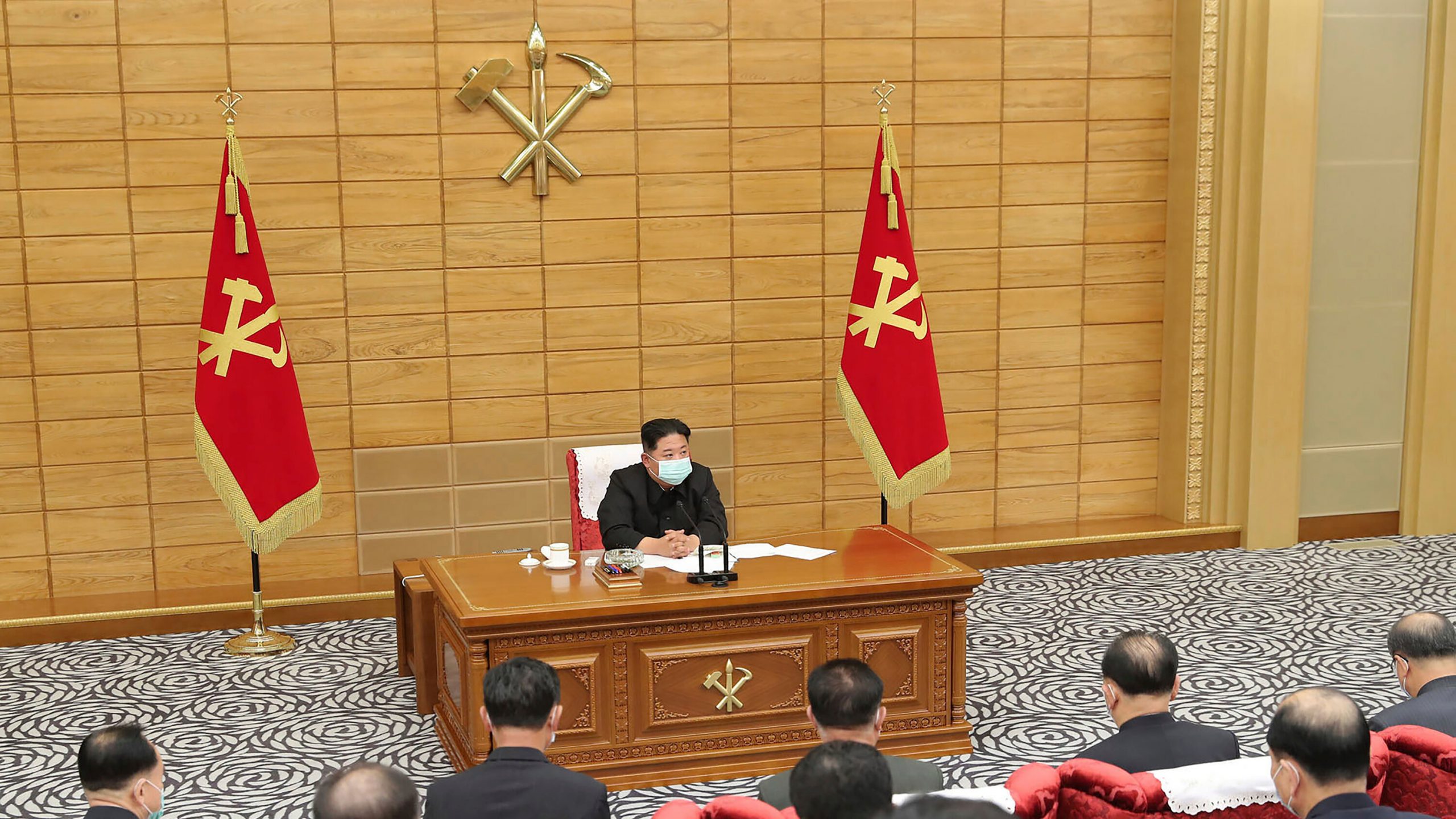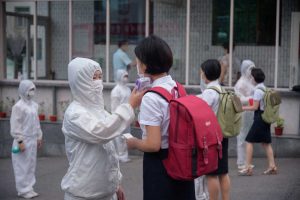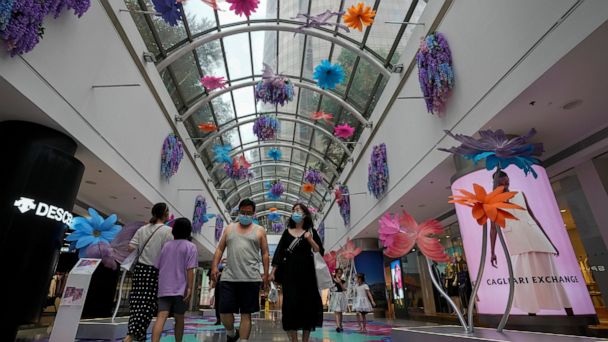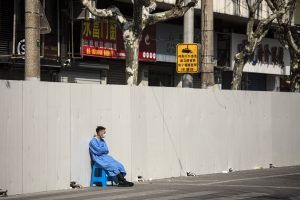
The official global death toll from COVID-19 is on the verge of eclipsing six million — underscoring that the pandemic, now entering its third year, is far from over.
The milestone is the latest tragic reminder of the unrelenting nature of the pandemic even as people are shedding masks, travel is resuming and businesses are reopening around the globe.
The death toll, compiled by Johns Hopkins University, stood at 5,997,994 as of Sunday afternoon. Remote Pacific islands, whose isolation had protected them for more than two years, are just now grappling with their first outbreaks and deaths, fuelled by the highly contagious Omicron variant.
Hong Kong, which is seeing deaths soar, is testing its entire population of 7.5 million three times this month as it clings to mainland China’s “zero-COVID” strategy.
As death rates remain high in Poland, Hungary, Romania and other Eastern European countries, the region has seen more than one million refugees arrive from war-torn Ukraine, a country with poor vaccination coverage and high rates of cases and deaths.
And despite its wealth and vaccine availability, the United States is nearing one million reported deaths on its own.
Higher death rates on unvaccinated
Death rates worldwide are still highest among people unvaccinated against the virus, said Tikki Pang, a visiting professor at the National University of Singapore’s medical school and co-Chair of the Asia Pacific Immunisation Coalition.

“This is a disease of the unvaccinated — look what is happening in Hong Kong right now, the health system is being overwhelmed,” said Pang, the former director of research policy and cooperation with the World Health Organisation.

“The large majority of the deaths and the severe cases are in the unvaccinated, vulnerable segment of the population.”
It took the world seven months to record its first million deaths from the virus after the pandemic began in early 2020. Four months later another million people had died, and one million have died every three months since, until the death toll hit five million at the end of October. Now it has reached six million — more than the populations of Berlin and Brussels combined, or the entire state of Maryland.
But despite the enormity of the figure, the world undoubtedly hit its six millionth death some time ago. Poor record-keeping and testing in many parts of the world has led to an undercount in coronavirus deaths, in addition to excess deaths related to the pandemic but not from actual COVID-19 infections, like people who died from preventable causes but could not receive treatment because hospitals were full.

Edouard Mathieu, head of data for the Our World in Data portal, said that — when countries’ excess mortality figures are studied — as many as nearly four times the reported death toll have likely died because of the pandemic.
Death rates rising hit smaller countries
An analysis of excess deaths by a team at The Economist estimates that the number of COVID-19 deaths is between 14 million and 23.5 million.
“Confirmed deaths represent a fraction of the true number of deaths due to COVID, mostly because of limited testing, and challenges in the attribution of the cause of death,” Mathieu told The Associated Press.
“In some, mostly rich, countries that fraction is high and the official tally can be considered to be fairly accurate, but in others it is highly underestimated.”
The United States has the biggest official death toll in the world, but the numbers have been trending downward over the last month.
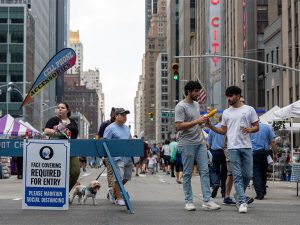
The world has seen more than 445 million confirmed COVID-19 cases, and new weekly cases have been declining recently in all regions except for the Western Pacific, which includes China, Japan and South Korea, among others, the World Health Organisation reported this week.
Although the overall figures in the Pacific islands seeing their first outbreaks are small compared to larger countries, they are significant among their tiny populations and threaten to overwhelm fragile health care systems.
The Solomon Islands saw the first outbreak in January and now has thousands of cases and more than 100 deaths. The actual death toll is likely much higher, with the capital’s hospital overwhelmed and many dying at home, Greenwood said.
Only 12 per cent of Solomon Islanders are fully vaccinated, though the outbreak has provided new impetus to the country’s vaccination campaign and 29 per cent now have at least one shot.
Global vaccine disparity continues, with only 6.95 per cent of people in low-income countries fully vaccinated, compared to more than 73 per cent in high-income nations, according to Our World in Data.
In a good sign, at the end of last month Africa surpassed Europe in the number of doses administered daily, but only about 12.5 per cent of its population has received two shots.
The Africa Centres for Disease Control and Prevention is still pressing for more vaccines, though it has been a challenge. Some shipments arrive with little warning for countries’ health systems and others near the expiration date — forcing doses to be destroyed.
War-torn stress triggered rising covid numbers
Eastern Europe has been particularly hard hit by the Omicron variant, and with the Russian invasion of Ukraine, a new risk has emerged as hundreds of thousands of people flee to places like Poland on crowded trains. Health officials there have been offering free vaccinations to all refugees, but have not been making them test upon arrival or quarantine.
“This is really tragic because great stress has a very negative effect on natural immunity and increases the risk of infections,” said Anna Boron-Kaczmarska, a Polish infectious disease specialist. “They are in very high stress, being afraid for their lives, the lives of their children, they family members.”
Mexico has reported 300,000 deaths, but with little testing, a government analysis of death certificates puts the real number closer to 500,000. Still, four weeks of falling infection rates have left health officials optimistic.
Old scars are fading
In India, where the world was shocked by images of open-air pyres of bodies burned as crematoria were overwhelmed, the scars are fading as the number of new cases and deaths has slowed.
India has recorded more than 500,000 deaths, but experts believe its true toll is in the millions, primarily from the Delta variant. Migrants from India’s vast hinterland are now returning to its megacities in search of jobs, and the streets are packed with traffic. Shopping malls have customers, albeit still masked, while schools and universities are welcoming students after a months-long gap.

In Britain, infections have fallen since an omicron-driven surge in December, but remain high. England has now lifted all restrictions, including mask mandates and the requirement that all who test positive isolate at home.
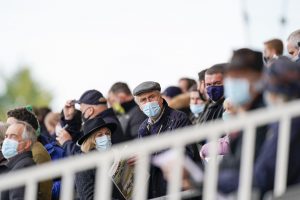
With about 250,000 reported deaths, the African continent’s smaller death toll is thought to stem from underreporting, as well as a generally younger and less mobile population.
“Africa is a big question mark for me, because it has been relatively spared from the worst so far, but it could just be a time bomb,” Pang said, noting its low vaccination rates.

In South Africa, Soweto resident Thoko Dube said she received news of the deaths of two family members on the same day in January 2021 — a month before the country received its first vaccines.
It has been difficult, but “the family is coping,” she said. “We have accepted it because it has been happening to other families.”
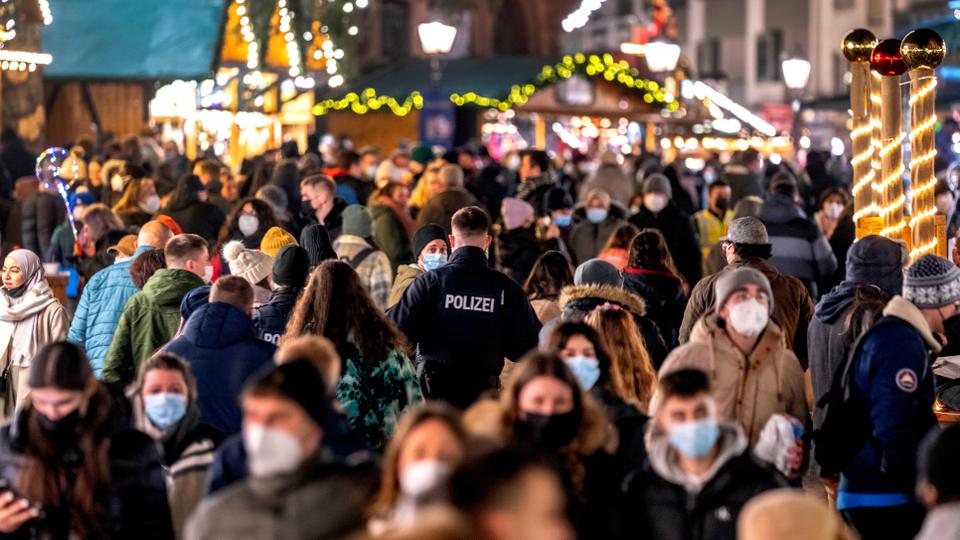

 COVID-19 Around the World3 years ago
COVID-19 Around the World3 years ago
 Cuisine Explorer4 years ago
Cuisine Explorer4 years ago
 Arabic2 years ago
Arabic2 years ago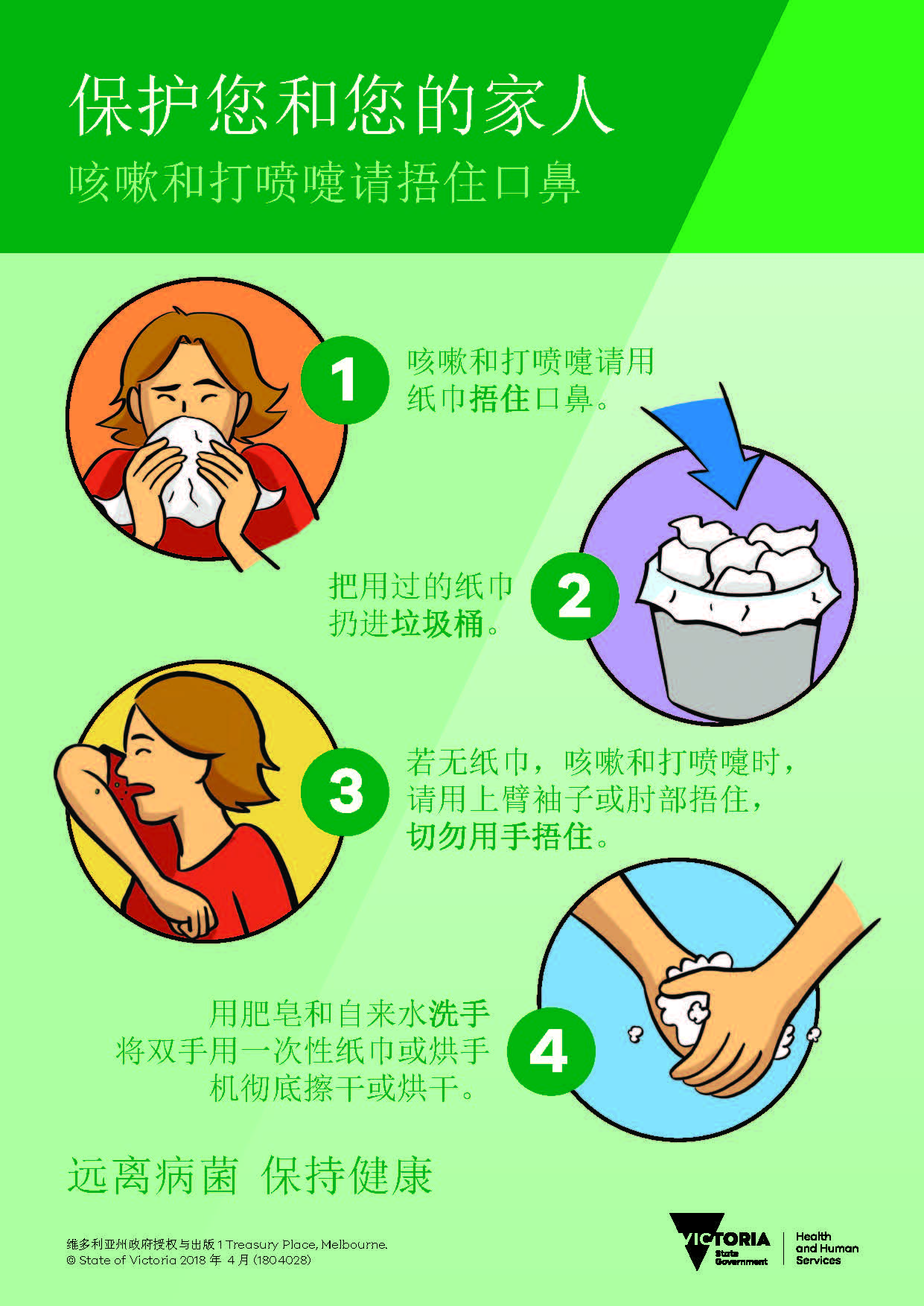
 Cantonese - Traditional Chinese4 years ago
Cantonese - Traditional Chinese4 years ago
 Tagalog4 years ago
Tagalog4 years ago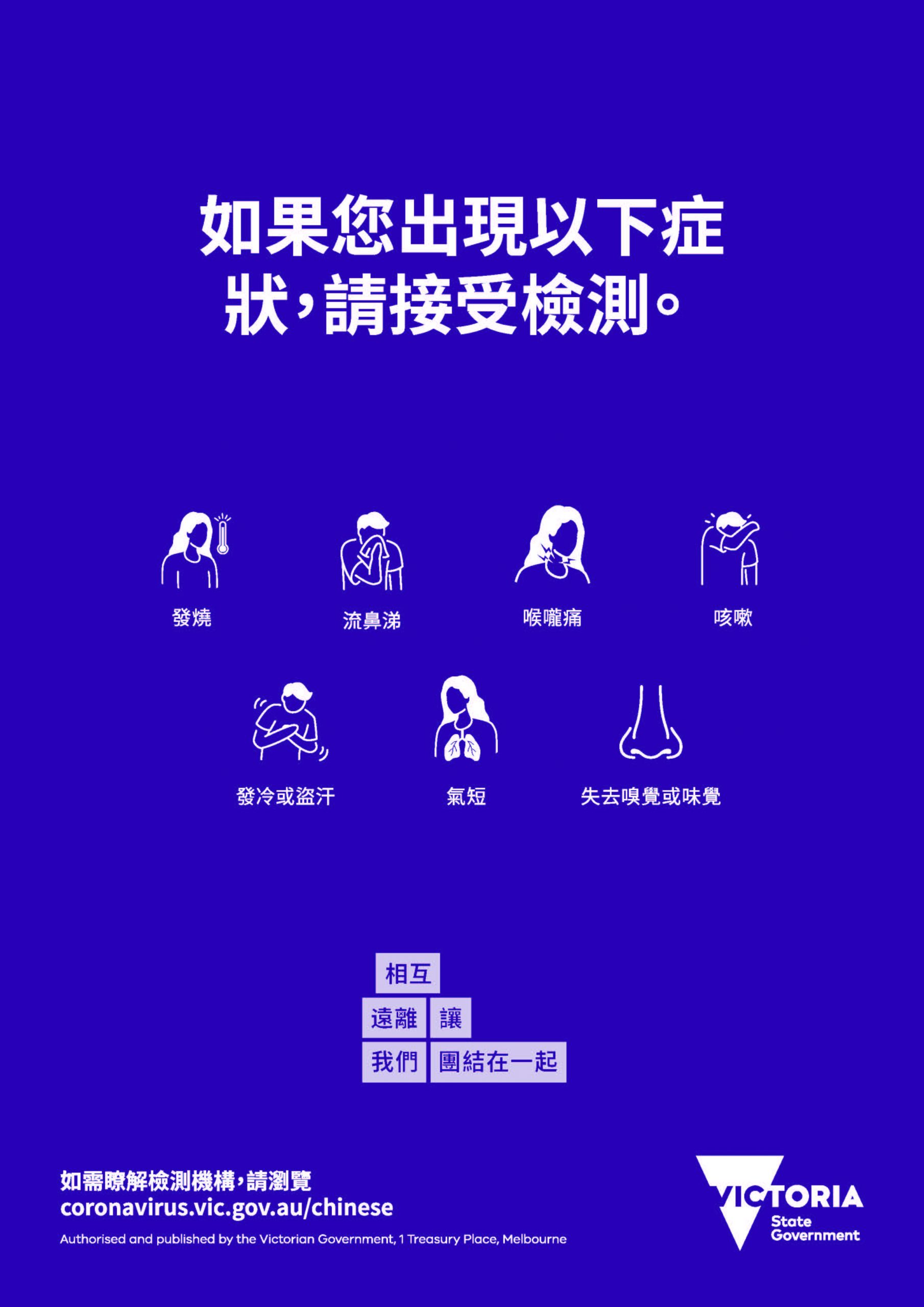
 Uncategorized4 years ago
Uncategorized4 years ago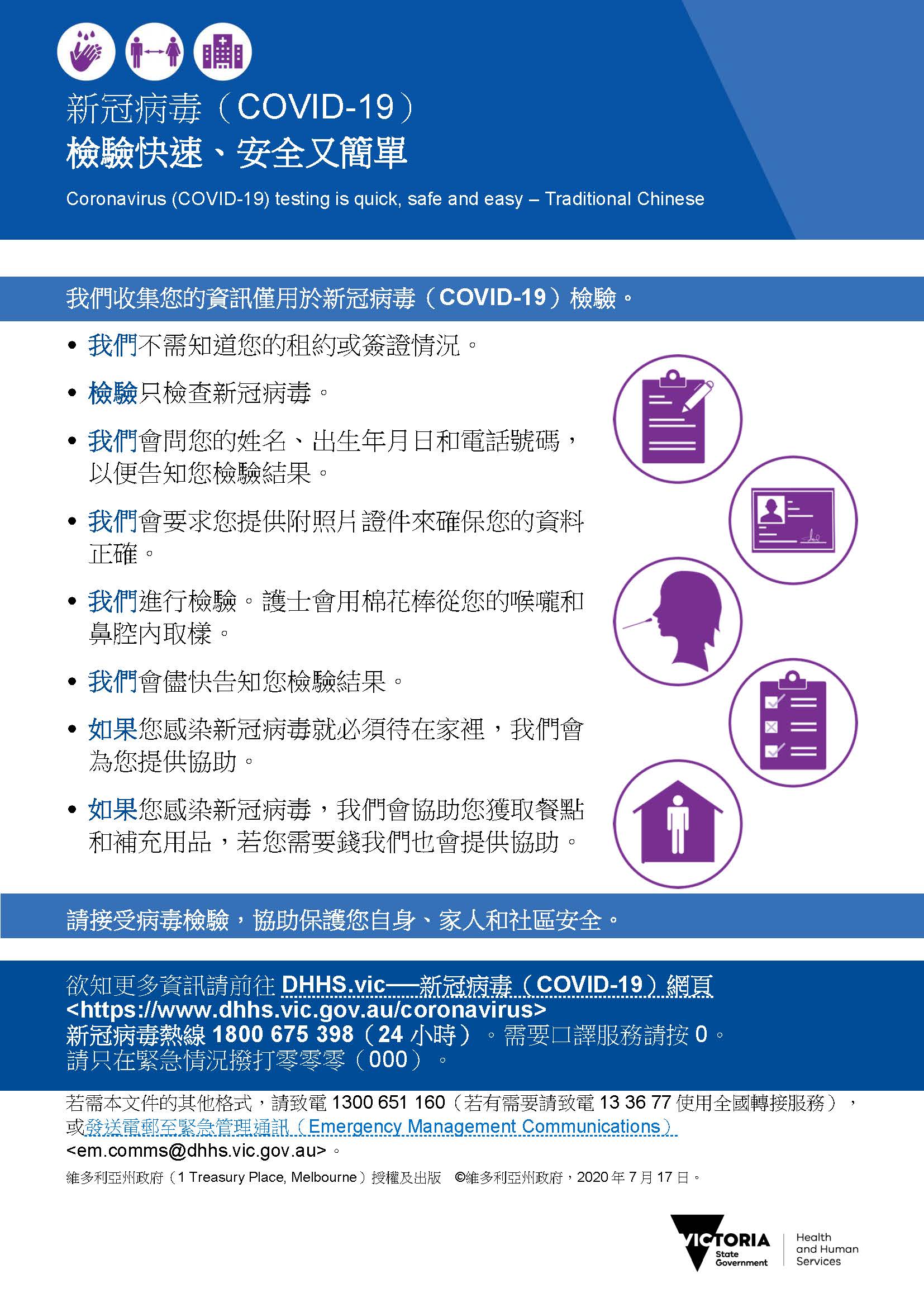
 Uncategorized4 years ago
Uncategorized4 years ago









